This post is actually a response to popular demand: many of our guests have been asking us about (sometimes prolific, sometimes less prolific) graffiti in the streets of Prague. It is a reminder that Prague is not just a town of the past, of old, Gothic or Baroque buildings, but also a town where young people live and where street art can actually flourish. We are hardly any experts in graffiti. However, we have been researching this a bit and found the results of the research often very interesting. To explain the origins of graffiti in Prague (and the Czech Republic in general), we have to look back to the beginning of the 1960s and the development of the first mass-produced, panel-house municipal housing estates. Built in line with the ideology of strict equality in housing, the houses literally created concrete jungles full of bare concrete walls. The largest housing estate to this date is the "Southern City" project in Prague, with more than 400,000 people living in these concrete buildings.
And the Southern City is where the first graffiti was found in the late 1980s (in addition to Ostrava, the birthplace of the "Maniac", the first known Czech graffiti artist who actually graduated high school with and continued to create street art at the Academy of Fine Arts). Compared to street art in New York, for instance, the first street art in Prague in the 1990s was not motivated by feelings of disappointment and dismay, but by pure joy and optimism. For the young artists, street art and hip hops were things of the future, symbols of freedom, and the artful street art aimed to hide the grey bare walls of the concrete buildings that symbolised the past. We also have to add the famous John Lennon wall, probably the most famous graffiti wall in Prague.
The well-known authors of Czech street art are mostly former art students who obey one essential rule: never put graffiti on a historical monument (again compared to other cities). Last year, Prague hosted its first-ever public exhibition of street art entitled "Stuck on the City", exhibiting the works of the leading international and Czech street artists, which spilled over from the gallery on to the streets. While in the 1990s, especially the older generation had a hard time accepting and recognising the value of street art, things seem to have changed slightly over the past years, as street art has gained recognition, primarily among younger generation, as a valid form of artistic expression.
We have prepared a small map for those are are interested in street art in Prague. We actually think it's a good opportunity to venture out of the centre into some truly local and interesting parts of the town. There are also books you can buy on Czech street art - worth mentioning is the catalogue of the Stuck on the City exhibition, and an encyclopedia on Czech street art called "In Graffiti We Trust" by Martina Overstreet (although the latter may be sold out).
Vltavska







